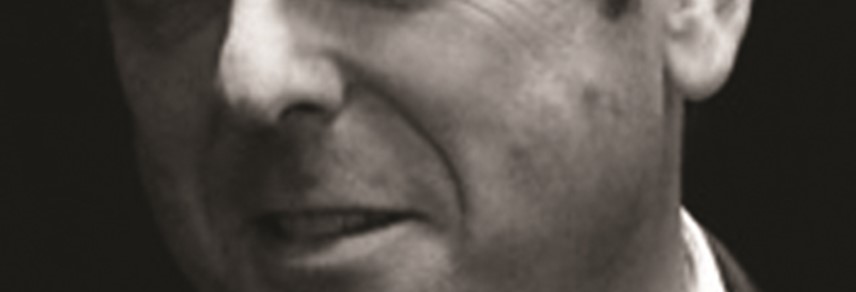
FIVE MINUTES WITH ADRIAN BRITTEN
The global director of communications and brand at insurance company MS Amlin, Adrian Britten, discusses the company’s sponsorship of the National Open Art competition and its support for two of the contest’s awards in 2017
Why does MS Amlin sponsor the National Open Art competition?
We look for sponsorship around the world and the thing about the National Open Art competition that spoke very clearly to us is that it focuses on promoting a very vibrant cultural dimension to the UK and Ireland, where the artists are drawn from. Our mission as an organisation, an insurance company though we may be, our mission is actually to support the development of vibrant societies around the world.
Insurance is possibly poorly understood publicly because a lot of the media narrative around insurance is around premiums and claims...What we do as a business is support, individuals, families, businesses, communities around the world and help them withstand negative events they might come across or that might impact them which would otherwise possibly knock them back and prevent them from continuing to develop and be successful or wipe them out.
How did you communicate through the sponsorship?
NOA is a charity and it is about fostering open engagement with art. And the competition is an exhibition that is judged anonymously. Successful, established artists are having to put their work in against people who aren’t, and it’s being judged on merit. For us, that was a way of having conversations about the vibrancy of the cultural side of life in the UK and Ireland and the importance that culture has in sustaining a vibrant society. But if you think about insurance as a product or service, it’s completely intangible. We have to find ways through other means to engage public debate and discussion about insurance. And that’s what we’re endeavouring to do with sponsorships like the National Open Art Competition.
Why was ‘continuity’ the theme of the MS Amlin prize?
The reason for looking at continuity was that is a core thing that we deliver as a business. We were interested in finding ways that artists might respond to that because it struck us that the world feels very uncertain. And so in a time of uncertainty, it was asking artists to respond to, ‘Where do you see the continuity in this uncertain world?’
What were the results of the competition like?
We had over 940 entries to that themed award which made the judging quite tough. But you can see in the nature of the responses there were themes. The core theme for all of the shortlisted items was very much about the human response to continuity. In the shortlisted items, you see a very strong scene of continuity as people coming together, continuity as the connectivity that we feel with our fellow human beings. Obviously we do this as a business, but if it didn’t have a social value, insurance wouldn’t be the sector that it is. It exists because it has a social value.
How else did MS Amlin support the NOA competition?
We took it upon ourselves to do publicity for all the shortlisted items for the two awards in the localities where they’re based. They don’t have the resources to do that but we can do that to raise the profile of the competition much more widely across the British Isles. At the moment we are just finalising options for the book of the two awards that we sponsor. We also have the shortlisted artworks on display here privately on our reception floor, so all of our guests can see the shortlisted items.
Why is supporting the competition and art culture in the UK and Ireland important to MS Amlin?
Any organisation is a member of the societies and communities that it sits within. One of the reasons is feeling that sense of responsibility. The other reason why we get involved in partnerships is that they help us showcase and talk about the issues that we think are important for the wider society. But they also help portray our sector in a more engaging and interesting light.
A lot has happened in financial services in the last few years and we don’t really get a lot written about us other than about claims and premiums going up. There’s a role that we should have to help people understand that the interconnectedness between what we do as an organisation and what other bodies do.
How we talk about ‘This is what we do,’ ‘This is what we’re for,’ and, ‘This is the value that we add’ – that’s why it’s important for us on behalf of our own company, but also the sector that we are talking more widely. We’re trying to engage a public dialogue, an interesting dialogue, that this is what we do as a business, this is what we do as a sector.
For more from Communicate magazine, follow us on Twitter



